First, see these Java codes:
Drawable.java
package examples.simple.model;
public interface Drawable {
public void draw();
}
Shape.java
package examples.simple.model;
public abstract class Shape implements Drawable {
private Point center;
public Point getCenter() {
return center;
}
public void setCenter(Point center) {
this.center = center;
}
}
Rectangle.java
package examples.simple.model;
public class Rectangle extends Shape {
public void draw() {
System.out.println("Drawing a rectangle....");
}
}
Circle.java
package examples.simple.model;
public class Circle extends Shape {
public void draw() {
System.out.println("Drawing a circle....");
}
}
Line.java
package examples.simple.model;
public class Line implements Drawable{
public void draw() {
System.out.println("Drawing a line");
}
}
Plotter.java
package examples.simple.client;
import java.util.ArrayList;
import java.util.List;
import examples.simple.model.Circle;
import examples.simple.model.Drawable;
import examples.simple.model.Rectangle;
import examples.simple.model.Shape;
import examples.simple.model.Line;
class Plotter {
public static void main(String[] args) {
List<Drawable> drawables = new ArrayList<Drawable>();
Shape s = new Circle();
drawables.add(s);
s = new Rectangle();
drawables.add(s);
Line l = new Line();
drawables.add(l);
for (Drawable drawable : drawables) {
drawable.draw();
}
}
}
The codes are a classical example of polymorphism. The class diagram for these code is

When I have tried to model these classes using a UML sequence diagram to show the polymorphism, using only one sequence diagram, I have needed to use four comments to represent the polymorphism.

So, how to visualize polymorphic invocations in a single diagram, without comments? Are there another notation or visualization (no UML sequence or communication diagram) to show polymorphism? In this example, how to show the invocation drawable.draw() in Plotter.main()?



